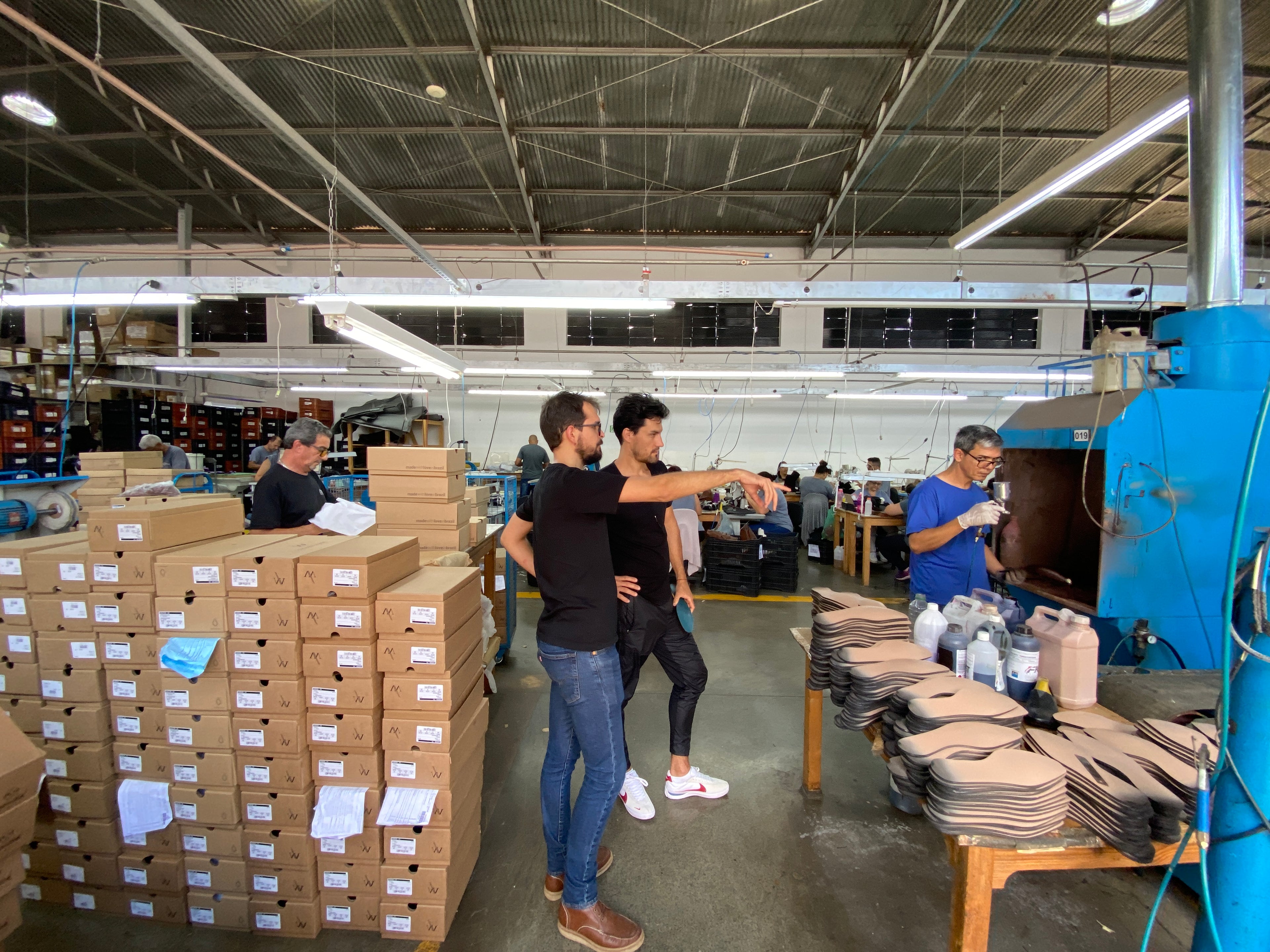Leather has been a symbol of luxury and style for centuries, adorning fashion runways and retail shelves worldwide. However, behind its glamorous facade lies a dark reality. The leather industry, often overlooked, poses significant threats to the environment. From deforestation to water pollution and excessive resource consumption, this blog post sheds light on the negative environmental impacts caused by the leather industry.
Deforestation and Habitat Destruction
One of the primary concerns associated with the leather industry is deforestation. The demand for leather drives the clearing of vast stretches of land, mainly in regions like the Amazon rainforest, where cattle ranching is prevalent. This destruction of forest ecosystems not only disrupts the balance of nature but also contributes to climate change by releasing significant amounts of stored carbon into the atmosphere.
Water Pollution
Leather production involves numerous chemical-intensive processes that result in the contamination of water bodies. The tanning process, for instance, requires the use of toxic substances such as chromium, formaldehyde, and heavy metals, which find their way into nearby rivers and streams. This pollution has severe implications for aquatic life and poses a risk to human health when water sources become contaminated.
Resource Intensity
The production of leather is an extremely resource-intensive process. It requires large quantities of water for washing, soaking, and dyeing, leading to excessive water consumption. Moreover, livestock farming, which supplies the raw materials for leather, requires vast amounts of land, water, and feed. The intensive use of resources puts immense pressure on ecosystems, exacerbating issues such as water scarcity and land degradation.
Carbon Footprint
The leather industry is a significant contributor to greenhouse gas emissions. The processes involved in livestock farming, including deforestation for pastureland and methane emissions from animal waste, generate substantial amounts of carbon dioxide and other greenhouse gases. Additionally, the energy-intensive operations of tanneries and the transportation of raw materials and finished products further contribute to the industry's carbon footprint.
Waste Generation
Leather production generates an enormous amount of waste. Inefficiencies in the manufacturing process, such as excess trimmings and scraps, contribute to solid waste accumulation. Furthermore, the disposal of toxic chemicals used in tanning contributes to hazardous waste, which can have long-lasting detrimental effects on soil and water quality if not properly managed.
Alternatives and Solutions
To mitigate the harmful environmental impacts of the leather industry, exploring alternative materials and sustainable practices (like we are doing at Voes with cactus leather) is crucial. Several other alternatives, including plant-based materials like pineapple leather (Piñatex) and mushroom leather (MuSkin), offer eco-friendly substitutes to traditional leather as well. Additionally, promoting transparency and responsible sourcing within the industry can help drive positive change. Supporting brands like ours that prioritize sustainable production methods, such as vegetable tanning, is a step in the right direction.
Final thought
The leather industry, despite its long-standing allure, exacts a heavy toll on the environment. From deforestation and water pollution to resource intensity and waste generation, its negative impacts are far-reaching. As consumers, we have the power to influence change through our choices. By opting for alternatives, supporting sustainable practices, and demanding greater transparency, we can drive the fashion industry towards a more eco-friendly and responsible future. Together, let us strive for a world where fashion doesn't come at the expense of our planet's well-being.


